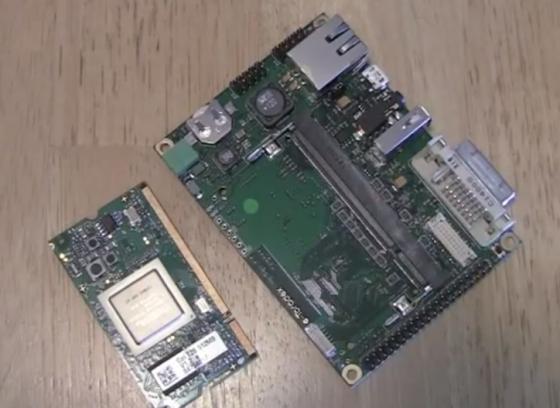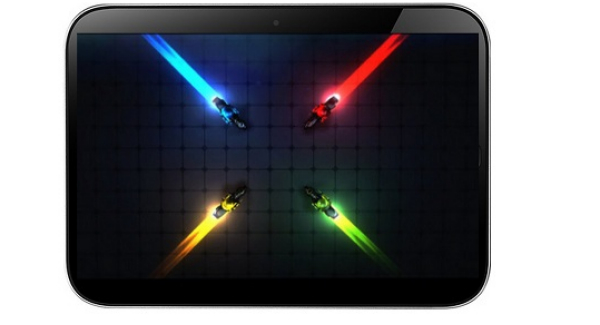When modular devices first came out, we were excited about them, but then companies like Modu faded into obscurity and in the end they went bankrupt. Now the idea of modular tablets appears, as shown in the very easily explained video below. Navarre Bartz is behind this idea, working on an upgradable tablet concept, using an industrial computing module dubbed Colibri.
He relies on the Nvidia Tegra CPU that so many tablet makers use nowadays and can also be paired with a carrier board and other components. All of them are easily mounted onto the motherboard and removed, so if you want upgrades in the future you can easily switch to Tegra 4, more RAM and other stuff. The system is modular and accepts future generations of ARM processors, allowing you to swap current components and get an upgraded tablet. The slate consists of two parts, with one of them being the primary main board, with input and output ports, with WiFi, Bluetooth and other standard components.
[youtube BEpwbc4WIXA 660 520]
The second is a board that houses the processor, memory and storage. It’s not yet clear when and under what branding such a product will hit the market, but with companies pushing some old tablets as new with the only selling point being a new OS (I’m looking at you Galaxy Tab 2), it’s hard to image big brands will let this happen.
Post Footer automatically generated by Add Post Footer Plugin for wordpress.















